
There are three different options that are commonly used for custom mascot heads: traditional sculpted foam, vacuum formed foam, and vacuum formed plastic.
Mascots love to be outdoors, but sometimes the weather has other plans. Understanding what to do in certain weather conditions can help extend the life of your mascot costume. Some types of weather can spell disaster for a mascot costume. Our goal with this blog is to clarify what weather conditions are mascot friendly and which ones should be avoided.
Sun
Rain
Snow
Wind
Dust
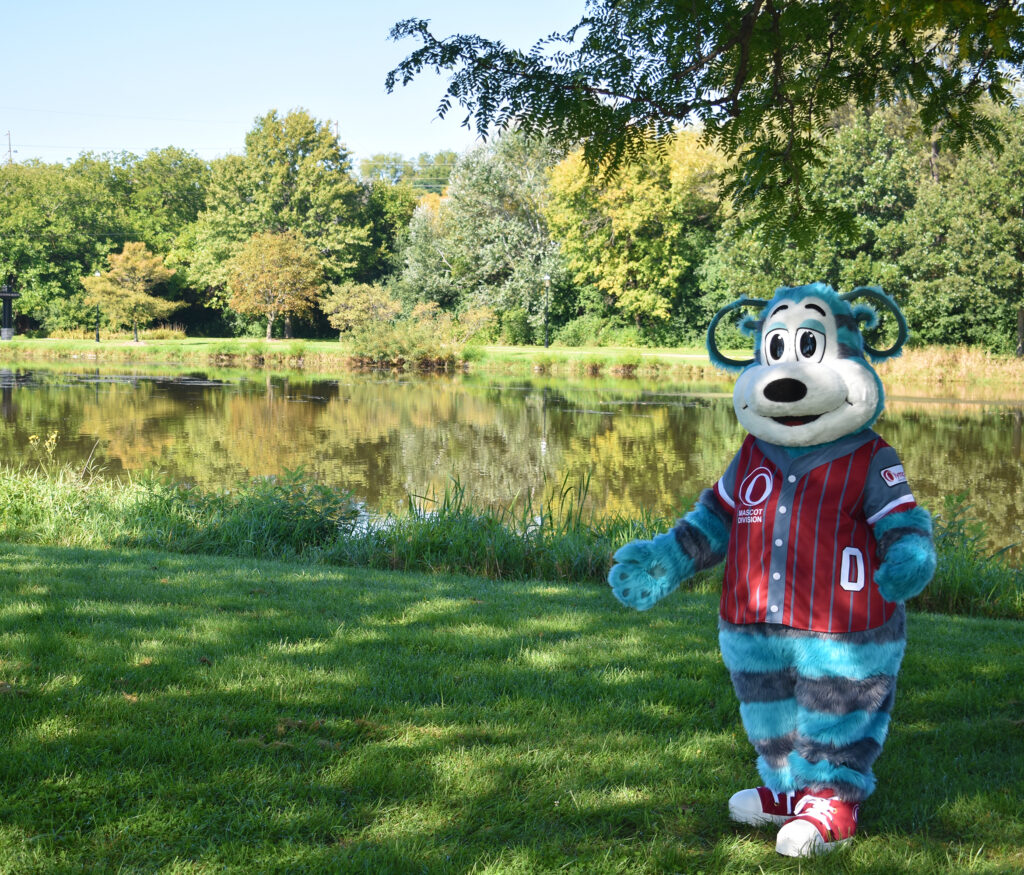
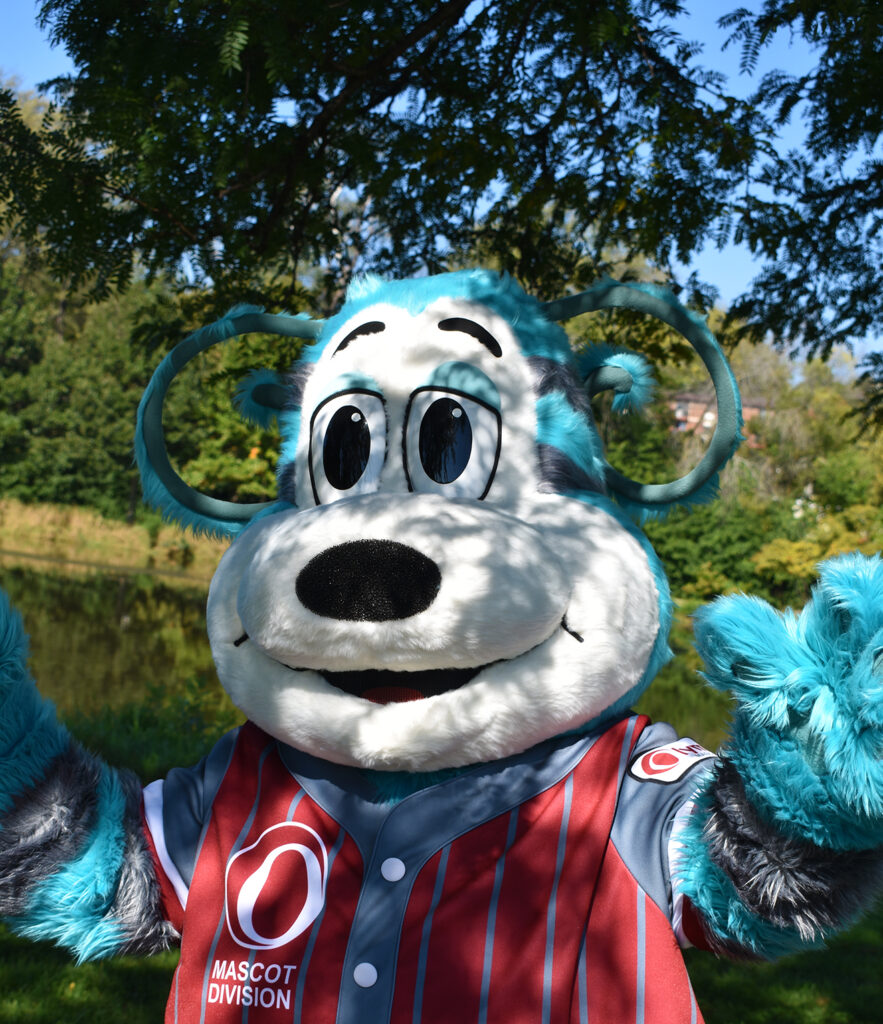
Obviously, a bright and sunny day is a perfect opportunity for your mascot to be out in the world. However, one thing to always consider is the temperature. It can get quite warm inside a mascot costume, and your performer can easily become overheated. This can happen even on days considered cold. Take a look at our mascot cooling blog for more information on how to cool your mascot performer.
No matter the weather we always recommend wiping down the inside of the costume with cleaning solution after each time the mascot gets used. Mascot performers will sweat no matter what, and sweat contains salt. Salt causes rust and stains. Avoid this problem by giving the inside of your mascot some post-performance care. Even if all you have at your disposal is some anti-bacterial wipes; consistent use will have a huge impact on the longevity of your mascot costume.
For more information, on mascot cleaning, see our blog!
The final thing we want to mention in this section is sun bleaching. How much the sun bleaches a mascot depends on your climate, your fabric/fur, and the time you spend outdoors. Outdoor Mascots that come to us from places like Texas, are much more susceptible to bleaching than those from up here in Wisconsin. On the extreme side of things, we have some clients that run their mascots outdoors in the sun every day of the week. Their fur is noticeably faded after a year. But we also have some clients that only have a few outdoor showings a year, and their fur’s color lasts over 8-10 years. To show you the variance of sun bleaching, we’ve assembled some samples. All of these are from the same client, but their mascots are based all over the United States:
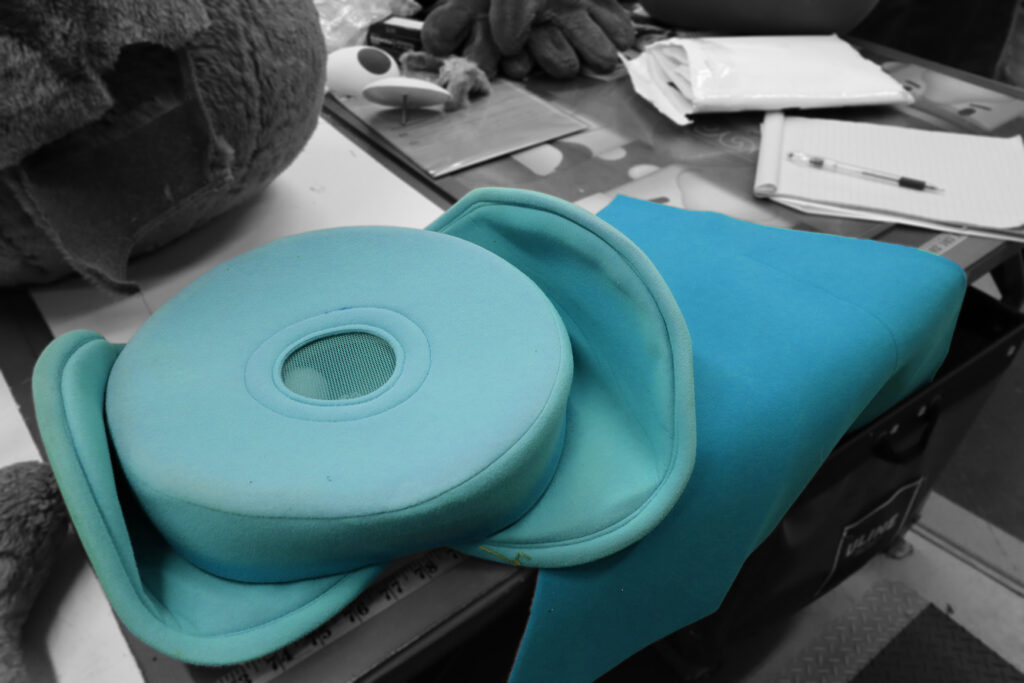
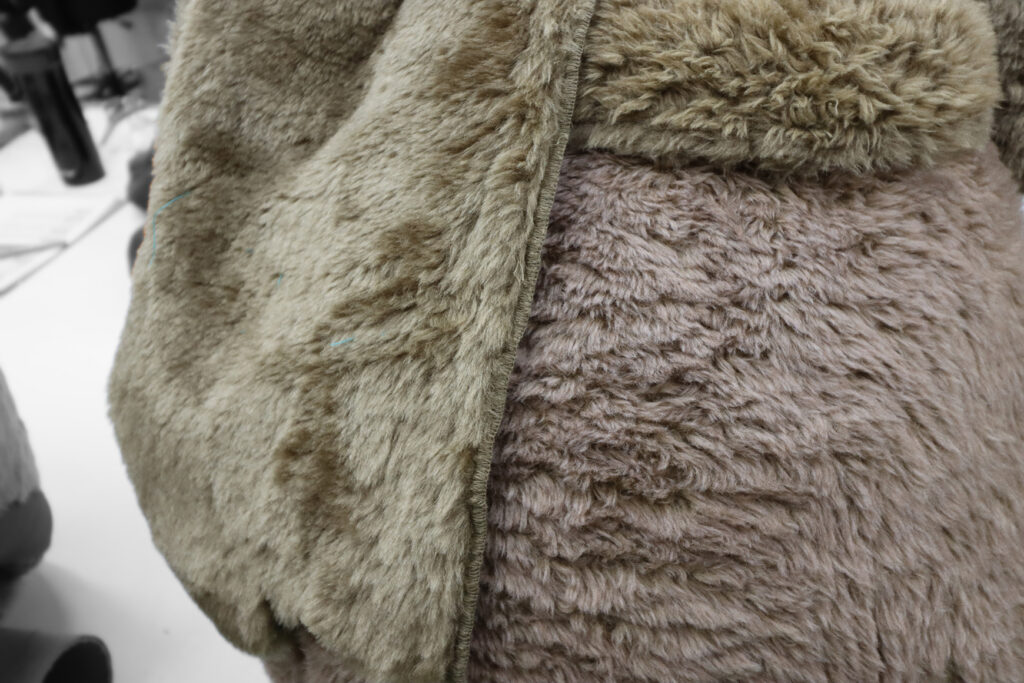
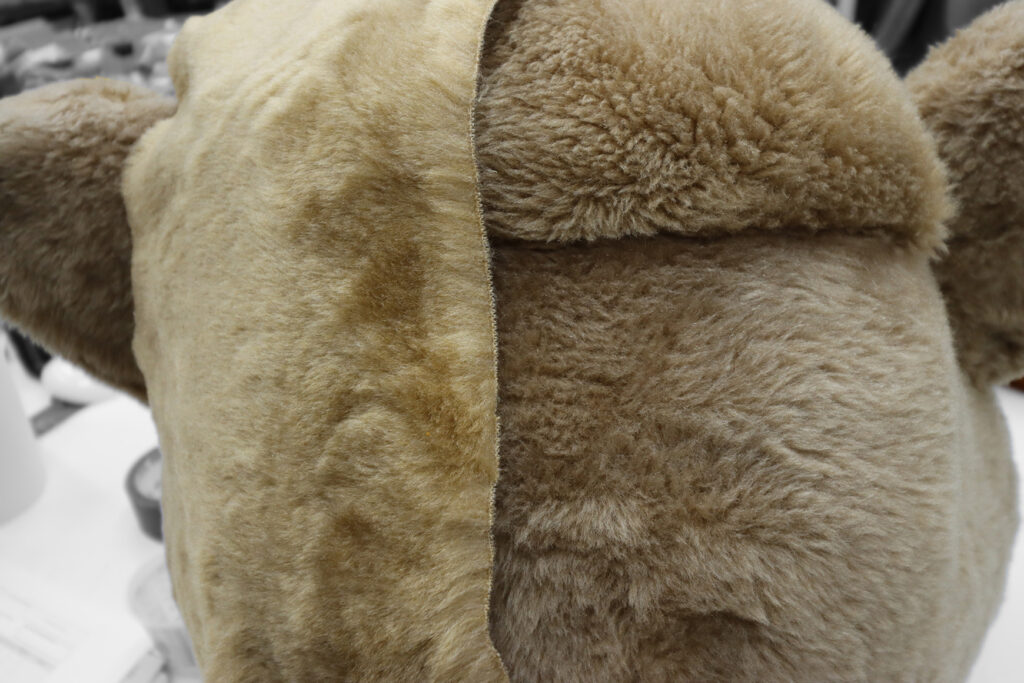
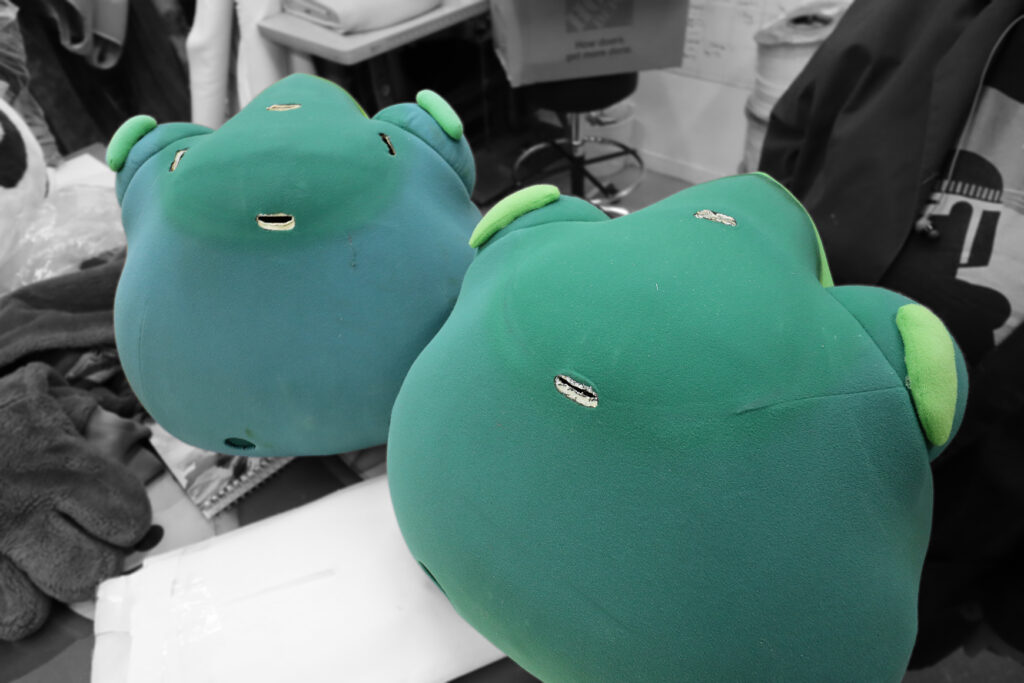
As you can see, outdoor mascots definitely take a beating. All the more reason to stick to shade when you have the chance. It also might be worth considering purchasing several copies of the same mascot costume. Some of our larger clients have mascot costumes exclusively for indoor work and some exclusively for outdoor work. Others don’t bother with indoor/outdoor separation and instead just rotate out costumes when one goes in for routine servicing or cleaning. While this is certainly not required, it gives them lots of flexibility in their maintenance scheduling.
Mascot suits are not waterproof. While it is certainly ok to get the suit a little damp, getting the suit soaked should be avoided at all costs. Whether you expect a slight drizzle or a torrential downpour, getting the mascot to shelter when the rain starts to fall should be a priority. This is especially the case in thunderstorms, as some mascot costumes have metal in them which is not ideal when lightning is in the forecast.
If you do get water on the mascot costume, you need to air dry it right after you take it off or you risk mold and fungus. Ideally, the suit should be hung or draped over a line to maximize the surface area exposed to air. We recommend doing this in a well-ventilated area and using a fan to blow on the costume if available. If you are unable to hang your mascot suit or the mascot head, you can certainly spread it out on a table to air it out. Just be sure to rotate it every so often so that all sides of the suit and head are dried evenly. Consider using a dog brush to untangle the mascot fur, as tangles and knots lengthen the drying process.
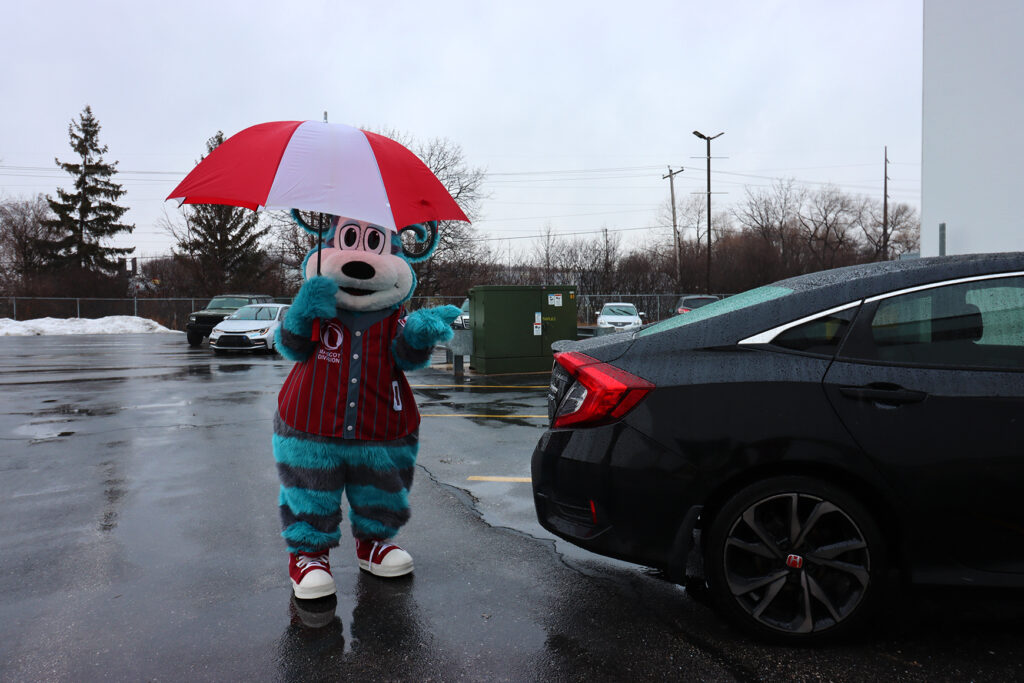
Only put the costume in storage when it is completely dry. See our mascot storage blog for more info.
Never put your mascot suit in a machine dryer, no matter what specialized dryer settings you have. We have seen many cases in our refurbishment shop of suits with burnt hair because of this. It is best to avoid machine drying at all costs.
Ideally, your mascot costume should avoid snow. However, if your mascot is venturing into a winter wonderland, the protocols for snow are quite similar to that of rain. We once again want to remind you to do you best to avoid getting the costume wet, but if you do it is not the end of the world. Just be sure to air dry the costume as soon as possible once you take it off. It might be worth investing in some waterproof boot covers if your mascot is going to be walking in snow consistently.
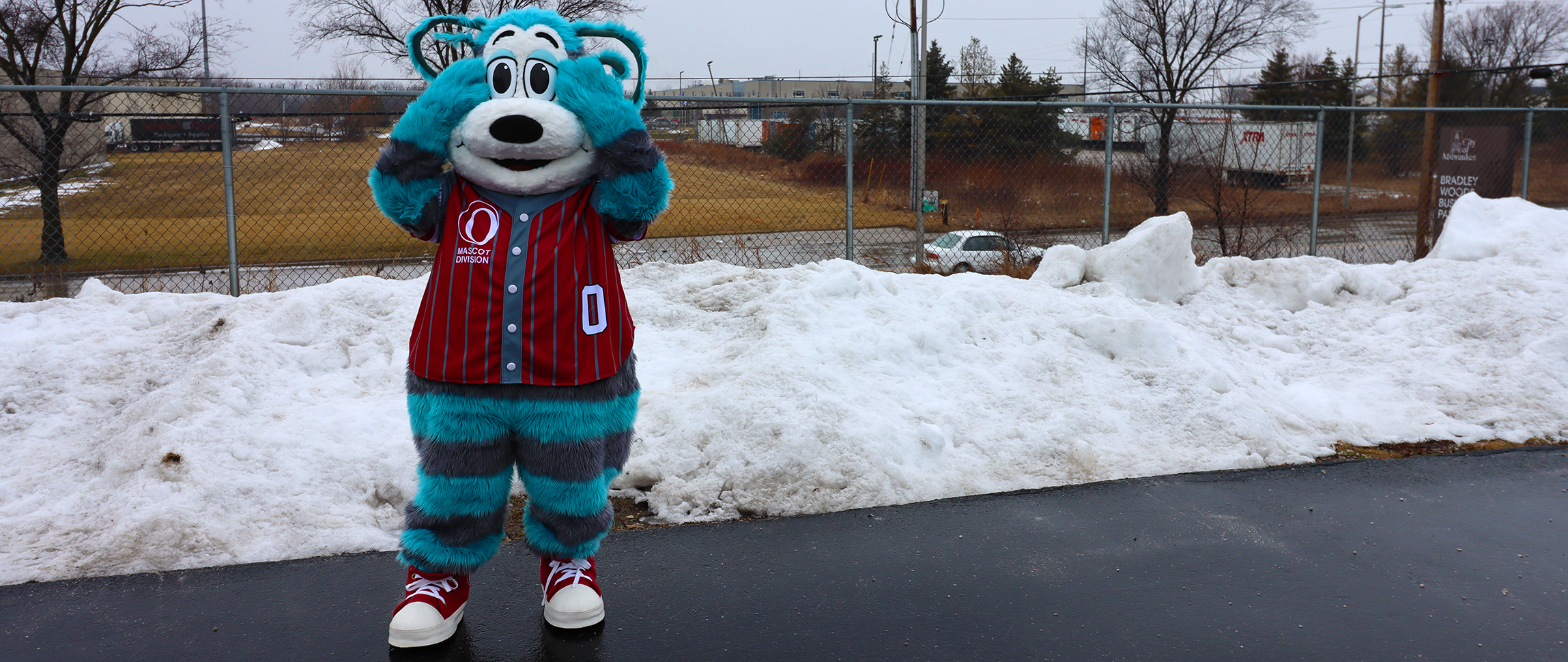
Another thing to consider with snow is salt. Salt is often used to melt ice on pavement, and it can be quite corrosive and leave a stain in fur and fabric. The feet of the mascot costume are the part of the costume most likely to be in contact with salt. It is best to wipe them down with water as soon as possible once you are done using the mascot costume for the day. If wiping the fur down with water isn’t enough to take the salt marks/stains, considering using vodka. We find this guide to be super helpful.
Avoid walking in slush. For those of you unfamiliar, slush is partially melted snow and ice. Slush can easily soak into your costume, and it often has salt mixed into it.
The final thing we need to mention is ice. Mascots are not immune to slipping on ice, and the performer’s reduced visibility inside the costume can prevent them from seeing what they’re stepping on. This is one of the many reasons we recommend having a mascot handler by your mascot’s side at all times. The handler can easily spot tripping and slipping hazards and guide your mascot to safety.
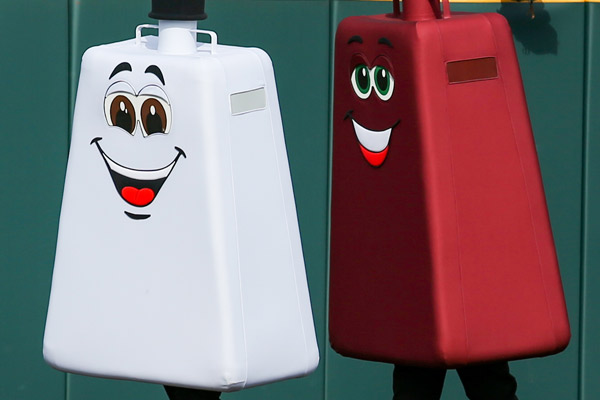
Mascots are not typically aerodynamic, especially those that are a foam shape. A light breeze can help your mascot performer stay cool inside the mascot costume. An unexpected gust of wind at 30mph has a chance of tipping your mascot over or cause one of your accessories to come loose.
Take a look at the mascots to the left. The flat sides of these mascots create a large amount of surface area for wind to push against.
Mascot costumes are often top heavy. This weight imbalance does increase fall risk during gusty conditions. Do not go out in winds over 40mph, branches start falling off of trees at that point.
While our facility up here in Milwaukee doesn’t experience dust storms, we send and receive TONS of mascots from climates where sand is prevalent. Dust isn’t as much of a danger to mascots as it is an inconvenience.
Most mascot costumes use a wire mesh for vision holes rather than a plastic or glass. Because of this, dust can get in a performer’s eyes. The simple solution is to have the performer wear goggles or glasses. However, if you’re really expecting dust to be a big problem for your mascot, it may be better just to have them sit this one out.
If your mascot suit gets dust on it, simply shake it out like you would a rug. For the head, use a vacuum instead. Only use a brush after you’re sure you’ve gotten all the dirt out. As brushing before getting the dust off can cause it to imbed deeper into the fibers.
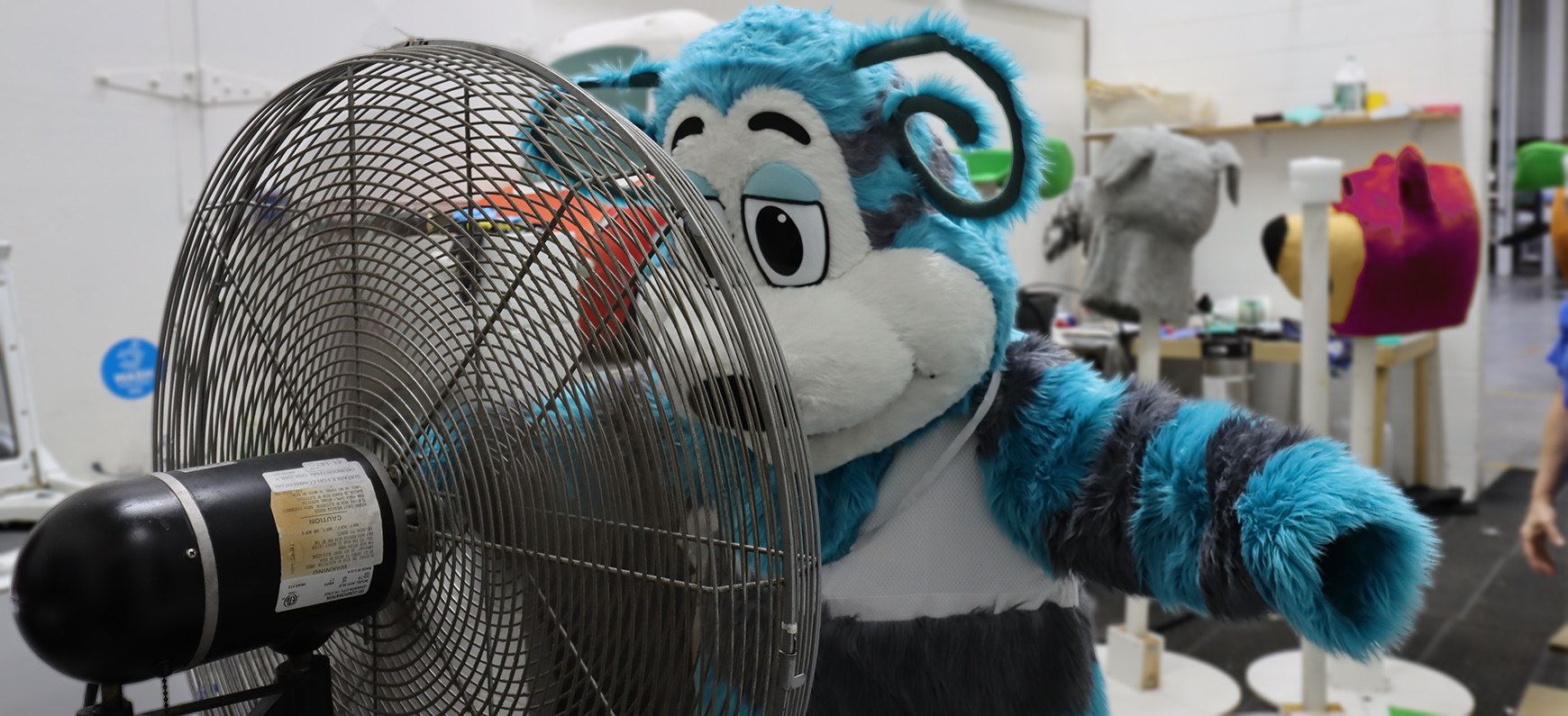
All in all, it is ok for your mascot costume to experience a little bit of weather, but we always recommend staying away from the extremes. The key to keeping your mascot in peak condition is consistent cleaning. It is a good rule of thumb to give your mascot costume a mild cleaning after every performance, regardless of weather. Staying out of extreme weather while keeping up with cleaning should be looked at as an investment. Taking those small steps now will help with your mascot costumes lifespan, and will save you $$$ for maintenance in the long run.
Ready to take on the weather with a mascot all your own?
Please click here or fill out the form below to speak with one of our mascot experts!

There are three different options that are commonly used for custom mascot heads: traditional sculpted foam, vacuum formed foam, and vacuum formed plastic.

Top 5 Most Popular Mascot Accessories
Want an extra way to make your mascot stand out? Add a mascot accessories for a fun way to add some personality and flair to your mascot!
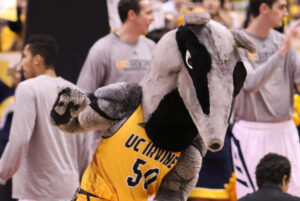
Fundraising for a High School Mascot
School Mascots can make a huge difference in a school’s spirit and can create lifelong memories for students over the years. But purchasing a mascot can be scary, especially when looking at prices. That’s why you need to consider the price of a custom mascot, the reasons you should get one, and importantly, how you can fundraise for your very own custom mascot costume!
Custom Mascots
Mascot Services